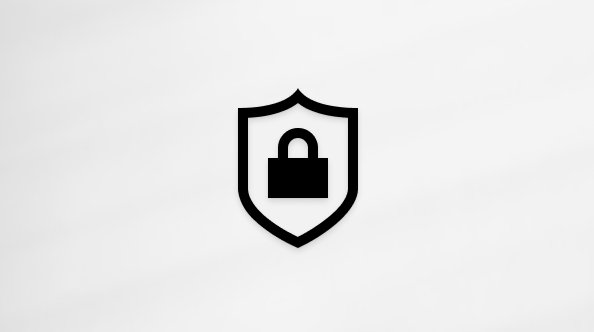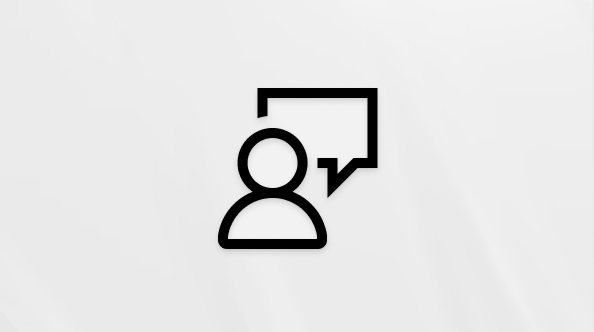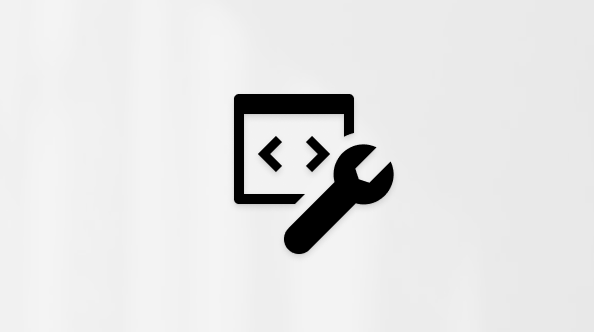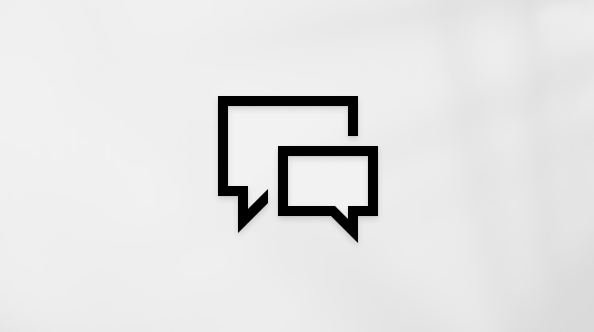How to download and install the latest printer drivers
Applies To
Windows 11 Windows 10Notes: We're aware of some ARM PCs (for example Copilot+ PCs) not being able to add/install a printer using the included installer or by downloading the installer from the manufacturer's website.
-
To fix this issue, go to Settings > Bluetooth & devices > Printers & scanners and select on "Add device" instead to add the printer manually, unless the manufacturer has specific guidance for Windows on ARM PCs.
-
To find out if you have an ARM device, go to Settings > System > About, and look for "System type" property under "Device specifications". ARM devices have "ARM based processor" under system type.
Any hardware devices in Windows, including printers, require drivers to work with Windows. Microsoft recommends downloading and installing the latest printer driver for a printer. Installing the latest printer driver might resolve known issues with the printer, increase performance, or add additional capabilities. If a printer is having issues or isn't responding, downloading and installing the latest printer drivers can often resolve these problems.
The recommended method to download, install, and update printer drivers is using Windows Update. However, there are several different methods to download, install, and update printer drivers. Select the desired method from the following list:
Windows Update is the recommend method to download, install, and update printer drivers. For information on how to update printer drivers using Windows Update, see the following article:
Automatically get recommended and updated hardware drivers
Note: If Windows Update doesn't find a driver for the printer, use one of the other methods in this article to install or update the printer driver.
Printer manufacturers frequently release updated printer software and drivers on their websites for improved performance and compatibility. The following steps are general steps on how to obtain printer software and drivers from the printer manufacturer's website, but the exact steps might vary from manufacturer to manufacturer.
To obtain printer installation software and updated printer drivers from a printer manufacturer's website:
-
Identify the printer model: The model number is normally printed on the printer itself or listed on the purchase information.
-
Visit the official website of the printer's manufacturer.
-
Go to the Support or Drivers section of the printer manufacturer's website.
-
In the support or drivers section of the printer manufacturer's website, enter the printer model in the search bar to locate the specific printer model's page.
-
In the printer model's page, locate where to download the printer's software and drivers.
-
If prompted, select the version of Windows being used.
-
Download the latest printer software and drivers.
Tip: Most browsers download the printer software and drivers to the Windows Download folder.
-
Right-click on the downloaded printer software and select Open. The printer software installation should start.
-
To complete the printer setup, follow the on-screen prompts of the printer installation software. The on-screen prompts might include accepting the license agreement, selecting installation preferences, and connecting the printer. If prompted, restart the Windows device to finalize the printer software and driver installation.
If the printer came with a disc, the disc might contain software and drivers to install the printer with. Check the printer's documentation for more information, including how to run the printer installation software.
Important: Software and drivers that come with a printer via a disc might be outdated. The preferred method to install printer software and drivers from the manufacturer is to obtain the latest version by downloading it directly from the printer manufacturer's website. For more information on downloading updated printer software and drivers from the printer manufacturer, see the Download and install printer drivers from the manufacturer's website section in this article.
Although the recommended method to install and update printer drivers is using Windows Update, Device Manager in Windows can also be used. For more information, see the following article:
If a printer isn't working or responding even after installing the latest updated drivers, reinstalling the printer might fix the problem. Reinstalling the printer might force the latest printer drivers to download and install from Windows Update.
Reinstalling a printer involves first removing the printer, installing it again, and then updating the printer drivers using Windows Update:
-
To remove a printer, see the Remove a Printer section from the following article:Add or install a printer in Windows
-
Once the printer is removed, add the printer back by using instructions from the same article:Add or install a printer in Windows
-
Once the printer is reinstalled, use Windows Update to obtain the latest updated printer drivers.
Although using Windows Update and downloading and installing printer drivers from the manufacturer's website are the recommended methods to update printer drivers, the legacy Add Printer Driver Wizard can also be used to try to obtain updated printer drivers. This method should only be used as a last resort. It might also work better for older printers.
To use the Add Printer Driver Wizard:
-
On the Windows device that the wired or local printer is connected to, right-click on the Start menu and then select Settings > Bluetooth & devices > Printers & scanners . Or Select the following Bluetooth & devices > Printers & scanners shortcut:Open Bluetooth & devices > Printers & scanners
-
In the Bluetooth & devices > Printers & Scanners window, under Related settings, select Printer server properties.
-
In the Printer server properties window that opens, select the Drivers tab.
-
In the Drivers tab, select the Add... button.
-
In the Add Printer Driver Wizard window that opens:
-
In the Welcome to the Add Printer Driver Wizard page, select the Next > button.
-
In the Processor Selection page, select the processor architecture of the Windows device where the printer is being installed.
-
In the Printer Driver Selection page, select the Windows Update button. The Add Printer Driver Wizard goes out to Windows Update to download the latest list of printers. Downloading the latest list of printers might take a few minutes.
-
Once Windows Update finishes downloading the latest list of printers in the Printer Driver Selection page, under Manufacturer, select the printer's manufacturer.
-
Once the manufacturer is selected, select the printer model under Printers, and then select the Next > button.
-
In the Completing the Add Printer Driver Wizard page, select the Finish button.
-
-
In the Driver tab of the Printer Server Properties window, the driver for the selected printer should now be listed under Installed printer drivers:.
Important: Using the Add Printer Driver Wizard only adds drivers for the printer to Windows and assumes the printer is already installed. It doesn't install the printer. If the printer isn't installed, use the instructions in the article Add or install a printer in Window s to add and install the printer.
-
On the Windows device that the wired or local printer is connected to, right-click on the Start menu and then select Settings > Devices > Printers & scanners . Or Select the following Printers & scanners shortcut:Open Printers & scanners
-
In the Printers & Scanners window, under Related settings, select Printer server properties.
-
In the Printer server properties window that opens, select the Drivers tab.
-
In the Drivers tab, select the Add... button.
-
In the Add Printer Driver Wizard window that opens:
-
In the Welcome to the Add Printer Driver Wizard page, select the Next > button.
-
In the Processor Selection page, select the processor architecture of the Windows device where the printer is being installed.
-
In the Printer Driver Selection page, select the Windows Update button. The Add Printer Driver Wizard goes out to Windows Update to download the latest list of printers. Downloading the latest list of printers might take a few minutes.
-
Once Windows Update finishes downloading the latest list of printers in the Printer Driver Selection page, under Manufacturer, select the printer's manufacturer.
-
Once the manufacturer is selected, select the printer model under Printers, and then select the Next > button.
-
In the Completing the Add Printer Driver Wizard page, select the Finish button.
-
-
In the Driver tab of the Printer Server Properties window, the driver for the selected printer should now be listed under Installed printer drivers:.
Important: Using the Add Printer Driver Wizard only adds drivers for the printer to Windows and assumes the printer is already installed. It doesn't install the printer. If the printer isn't installed, use the instructions in the article Add or install a printer in Windows to add and install the printer.











